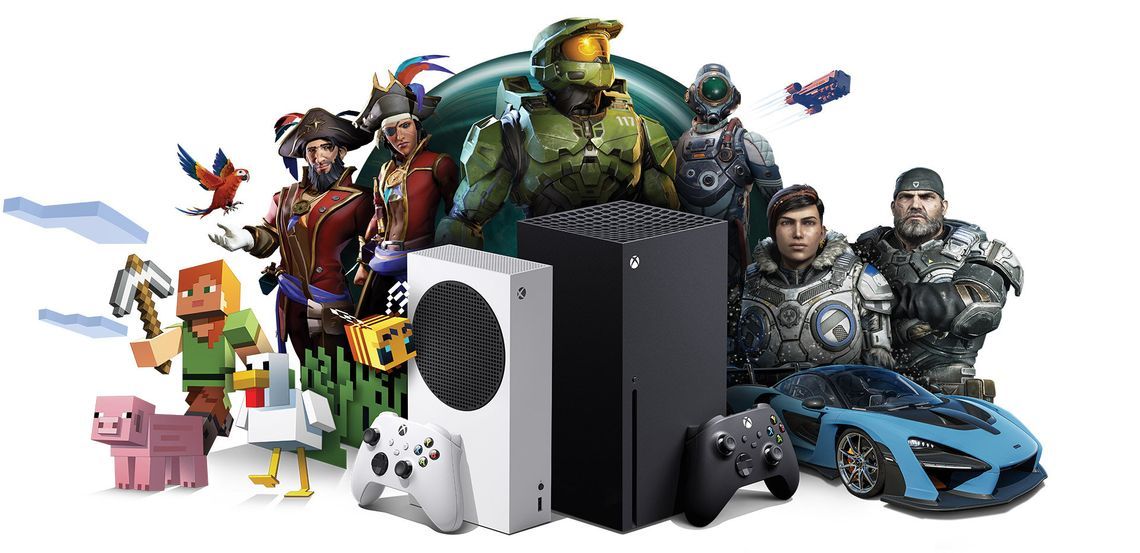Microsoft and the Xbox-as-a-Service

With the next generation of Xbox, the Xbox Series X|S, Microsoft has announced a new way to purchase the gaming console. Xbox All Access is a monthly subscription that includes Xbox Game Pass Ultimate and the cost of the console for $34.99|$24.99 a month for two years respectively. With this new purchasing model, Microsoft is looking to lower the barrier to entry for new Xbox gamers this generation and reduce the burden of a $499|$399 upfront investment to enter.
After reading Ben Thomas at Stratechery’s analysis of this new bundled approach, I wanted to share a few thoughts and draw parallels to something a bit more familiar.
Microsoft is taking a different approach: with Xbox Game Pass you not only get access to over 100 games, along with all of the other usual online services you might expect, but for an additional $10/month, you can get an Xbox Series S as well ($20/month for the more capable Series X)! Notice the framing there, which is the opposite of how I put it on Thursday: given the fact that consoles have always been an up-front purchase, the natural way to think about Microsoft’s monthly pricing option is that it is a 24-month installment plan for the $299 Series S or the $499 Series X, with Xbox Game Pass added on top. Given that Microsoft’s strategy is all about subscriptions, though, it makes sense to consider the console itself as the bundled benefit.
First, this isn’t Microsoft’s first attempt at a monthly payment plan for an Xbox. In 2018 Microsoft announced the Xbox All Access plan which was identical to the current program, including an Xbox One X, Xbox Live, and Xbox Game Pass (these were separate services then) for the same monthly cost of $34.99. I actually bought my Xbox One X through this program at the time. The service was provided through Dell Financial, not Citizen One as the current iteration.
Second, this isn’t necessarily a new approach for lowering the cost to enter a generation of tech that requires a substantial upfront investment. Simply look to the subsidized cell-phone of the late ’90s and early 2000s. Wireless carriers understood that the cost of the phone if required to pay upfront, would reduce adoption. The carriers began subsidizing the phone, lowering the price to something a bit more digestible while requiring the customer to sign up for a two-year contract for wireless service that offset the remainder of the cost.
This model, to me, feels very similar to the approach Microsoft has taken with Xbox All Access. Customers get a shiny new Xbox console with a two-year commitment in the form of monthly payments that include a gaming service comprised of a hundred games and online functionality. Families can get behind this, as the mental math for the generational upgrade is substantially lower.
The biggest difference here, of course, is the way the hardware is financed. Where most customers had an exit path on a cellphone contract with a subsidized device, the Xbox All Access bundle is a loan, with 0% APR. This means that even if the customer wants to jump ship and cancel, they can’t as they’re on the hook for the remaining balance.
I anticipate seeing this model more and more in tech as devices are bundles with plans and upfront costs of new hardware rise. Apple is a great example of where we may see this model go next. The iPhone Upgrade Program debuted in 2018 with a very similar model as Xbox All Access (they’re both using the same bank, Citizen One, to provide the financing). Since then, Apple has incorporated similar financing with its Apple Card and extended it to nearly all of its products.
I look forward to seeing how this new financing model helps new customers enter the gaming market. While it’s not the right fit for me for this generation, I believe it will be a compelling option for many families going into the 2020 holiday season (if supplies can keep up).
Comments ()